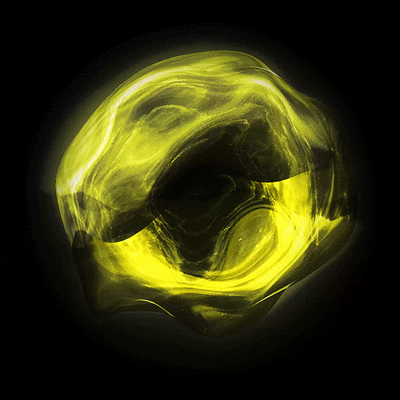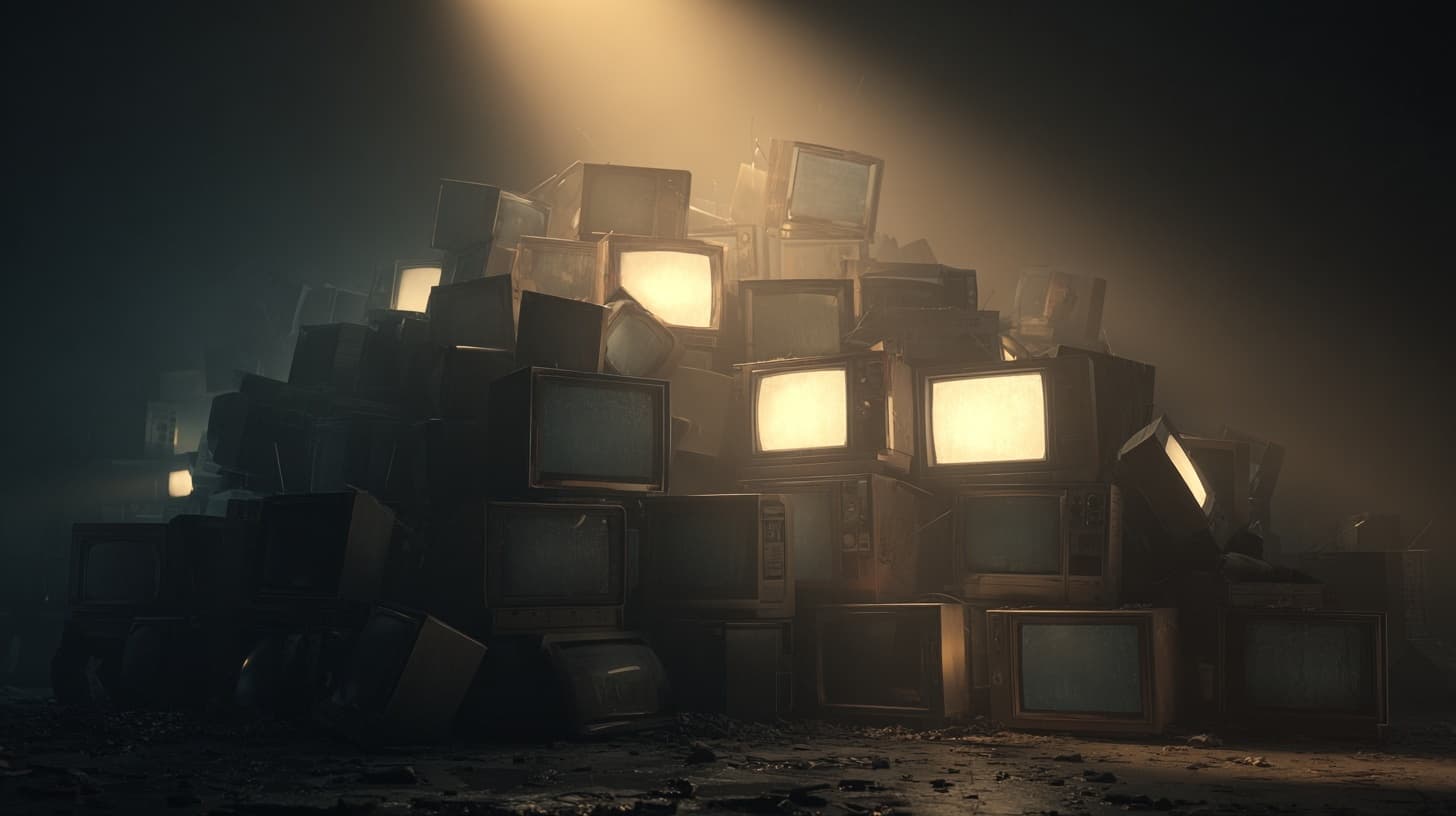
One of my side projects is a Board role with Word Travels, the NFP organisation behind the Australian Poetry Slam, a performance poetry event that has been running since about 2005. The national final returned to the Opera House this year after a covid-enforced absence that saw the 2021 final run as a hybrid event in a smaller venue. Many of the interstate finalists performed via Zoom including the eventual 2021 winner, Huda the Goddess, a Sudanese refugee who performed from her couch, surrounded by her friends and family.
Despite the less than ideal stage, Huda’s energy leapt through the camera an she was the overwhelming winner. Fast forward to the 2022 final and I was looking forward to seeing Huda live on stage to see how she’d developed following a year devoted to touring, writing and performing.
At the start of her set, Huda confessed that she hadn’t been very prepared when she competed in the QLD finals prior to last year’s national win, and so she’d “freestyled” both of her performances.
That is, she made them up on the spot.
Now, as a creative, the ‘fear of the blank page’ is a very real thing we face on every brief – that moment when you’re still to put pen to paper in some attempt to solve the problem that’s been briefed into us. The idea of doing what Huda did – improvising something from nothing to a live audience – freaks the life out of me.
This got me thinking about a discussion we’d had at AFFINITY after our Head of Art, Alan Wigg, completed AWARD School and we were talking about methods of generating ideas. It led me to this article, which explored something we’re probably all somewhat familiar with: why periods of relaxation are critical in creative problem solving. What really grabbed my attention though, was the link to this fascinating study – now 10 years old – of freestyle rappers (cue Huda) and what their brains are actually doing whilst they are improvising.
The study basically found that during improvisation areas of the brain typically associated with ‘executive functions’ like decision making are largely deactivated. This in turn allows “more natural de-focused attention and uncensored processes to occur” – a hallmark of creativity – and sees certain areas of the brain extremely active.
I’ll give you three guesses as to when we see similar brain activity.
If you said when we’re asleep – or relaxed – bingo!
Relaxation triggers increases in dopamine, and this has been shown to trigger more creative wanderings. Going for a walk, taking a shower, cooking, exercising – I know I tend to crack ideas I’ve been struggling with when I’m cycling to or from work – all stimulate our dopamine pathways.
It’s further confirmation of something AFFINITY has practiced for quite some time – building in thinking time; allowing people the space to think deeply on something, but also having the capability to step away (getting distracted is actually another crucial factor) and letting things incubate. When you’ve been thinking long and hard about a problem, giving your subconscious mind the chance to process and find connections is critical to creativity and creative problem solving.
POSTSCRIPT: To rap things up (sorry), I just wanted to return to the earlier Huda the Goddess story. After her confession on stage at the Opera House she then proceeded to freestyle three pieces for us, one to her mother who was seeing her perform live on stage for the first time in over a year; one to her unborn son about her hopes for his future; and one where she asked members of the audience to throw words at her as she performed – Story! Pineapple! Fairy Floss! Bingo! – which she then weaved into her poem on the fly. My mind still boggles at this, but at least I now understand a little more about how her brain is working to get there, and how we can channel a bit of the Goddess ourselves.
You can learn more about the Australian Poetry Slam and watch videos of recent winners, including Huda the Goddess, here. And if you have a problem you’ve been struggling to solve we can probably help there too! Get in touch via hello@affinity.ad








